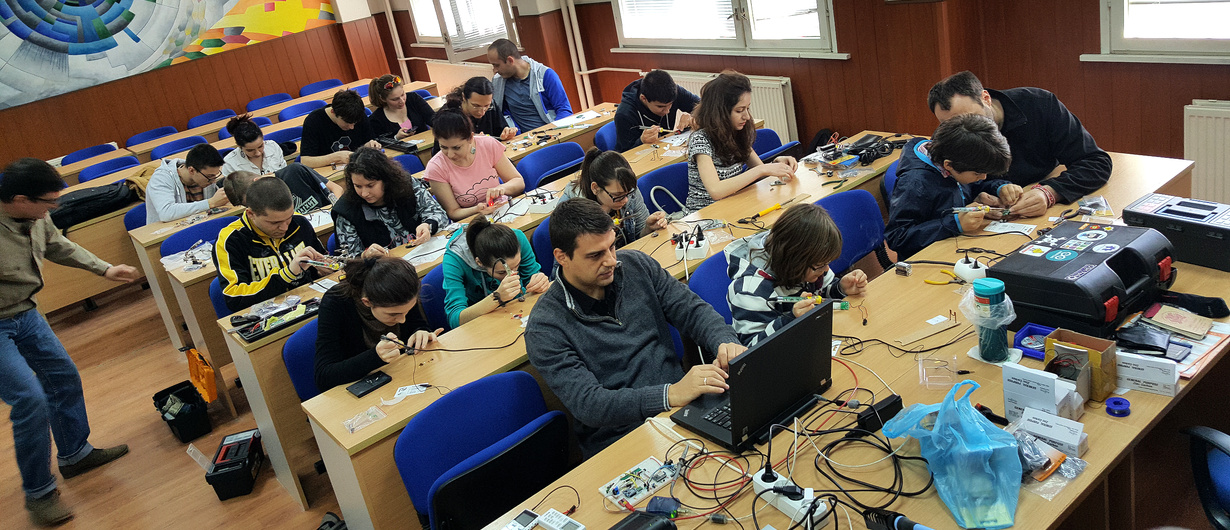Another two-day workshop about microcontrollers, soldering and Tinusaur
There was another “Microcontrollers, soldering and Tinusaur” workshop in our town of Veliko Tarnovo, a few days ago. On the first day, we assembled some boards, the second day we wrote some programs. For the younger kids, there were much simpler things to do – soldering blinking LED with 2 transistors, a few other components, and … Read more

